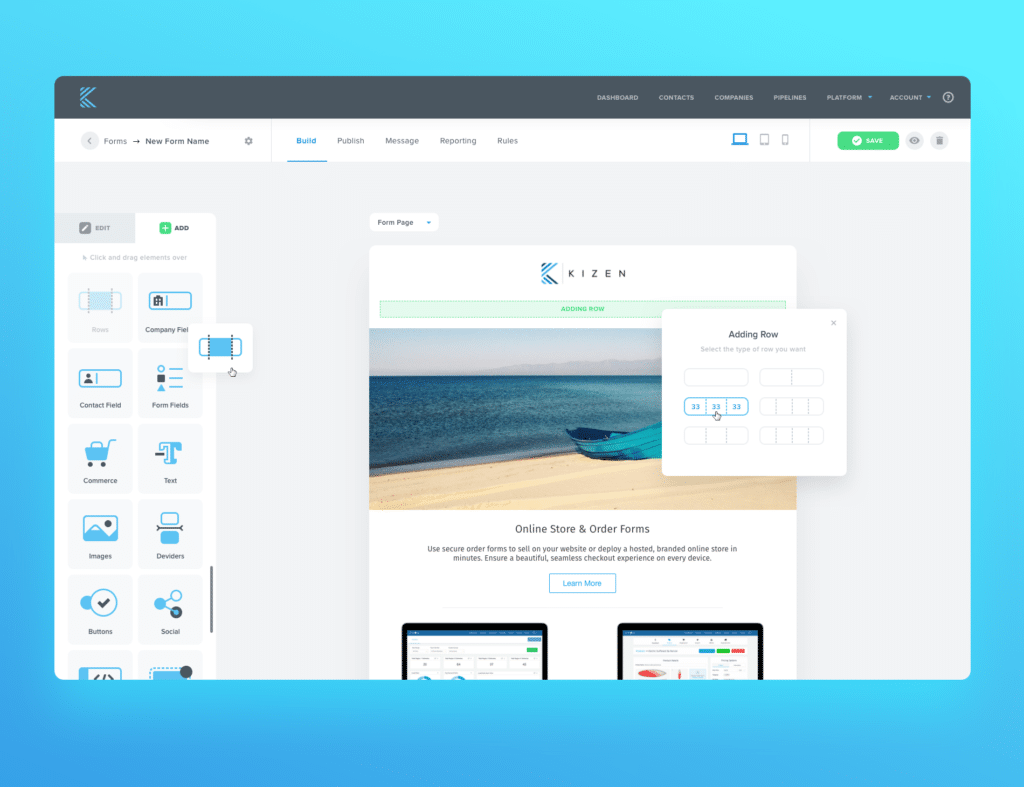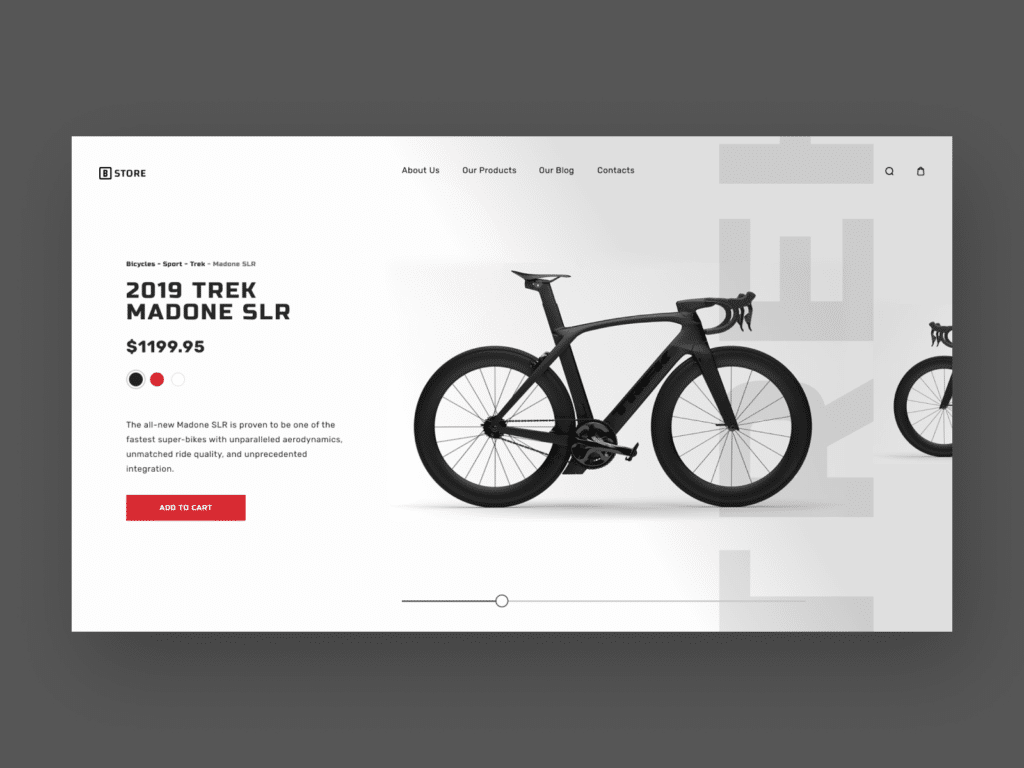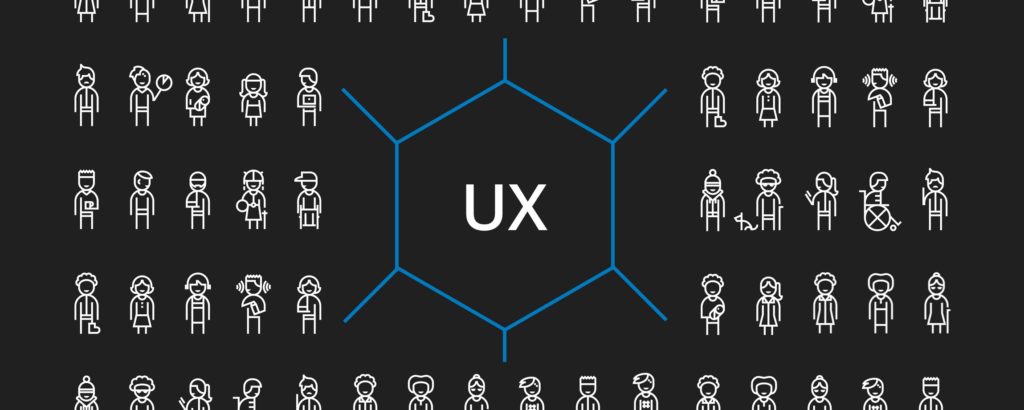BY Joanna Ngai

Today’s pace of change demands that collaboration and processes be sped up to meet the growing expectation of customers and stakeholders. But is this growing crunch on time stifling creativity? It isn’t enough to make decisions, products and services quickly, we must encourage creativity and create an environment to help the business succeed in the long run and promote vital innovation.
According to a The Future of Jobs report from the World Economic Forum, creativity at work is going to be one of the most important and in-demand skills in the next 5 years. Yet our inherent bias and behaviors (especially when balancing many different complex projects) can conflict against the very factors that support creative thinking. Here’s how.

Pitfall #1: Lack of Fresh Eyes
Critique past decisions and bring in outsiders (those unfamiliar with the project ex. your customers), for a wider breadth of feedback. The more you delay bringing in customer feedback into the design process, the more likely your team will be unwilling to pivot from their current direction/strategy due to sunk costs — costs that has already been incurred by investing in an ongoing project and cannot be recovered.
Another source of bias is that we seek out opinions and collaborators who think similarly to us. Change and confrontation is difficult. Therefore, being aware of our own bias in who we seek out feedback from is critical for making informed decisions as a group.
Pitfall #2: Selective Interpretation
Selective Interpretation — even if equal numbers of arguments for each position are exchanged, arguments favoring our side are seen as more persuasive.
People often strive to preserve their current way of thinking and avoid change. Some part of us can even avoid information if it conflicts with our view of the world, even if this behavior is irrational. This is one of the sources of bias as we interpret information. By keeping in mind that the inevitability of error, we can recognize that it takes more effort to accept information that might point out the flaws in our existing strategy.
Pitfall #3: Selective Presentation
Selective Presentation — arguments favoring the majority side are presented more frequently and seen as more persuasive.
Sometimes, just exposure to one side of the argument is enough to appear convincing. When we are time/resource crunched and pressed to make a decision quickly, it can feel like the majority side is more valid simply because it is being presented more often.
Pitfall #4: Groupthink
Groupthink — the process where a group considers too few alternatives before taking action due to lack of critical thinking and loyalty to the status quo.
Having a fear of conflict may also be an underlying condition leading to groupthink — where loyalty to a group trumps the desire to speak up when something could be improved.
Ask questions, encourage respectful debate and identify power dynamics in a room which may sway a discussion (ex. leadership should try and give their opinions last).

Pitfall #5: Rational Conformity
Rational conformity — in order to avoid risks, decision making based on what is consistent with most individuals in the group
When in a group discussion, it can feel easier to find common ground early on and comply with the direction that most people find viable. However, it’s important to do a more divergent exploration of options and considerations at the start of a process, ensuring that you fully understand the scope of the problem before jumping ahead to solutions.
By having honest and thorough discussions about our current assumptions and hypothesis, we can ensure that we aren’t confining ourselves into a specific direction without fully considering a wide variety of solutions. Cooperation is still an important aspect of working in a group but shouldn’t be the primary influence on how we start a project process.






